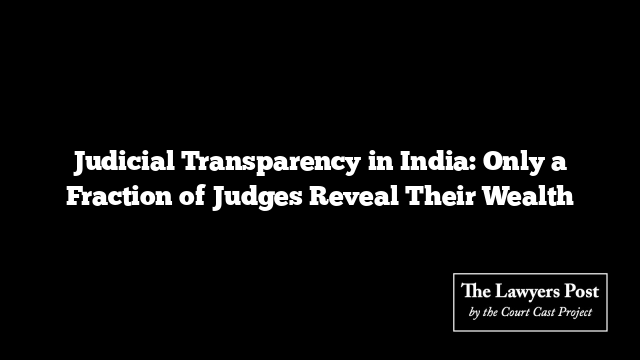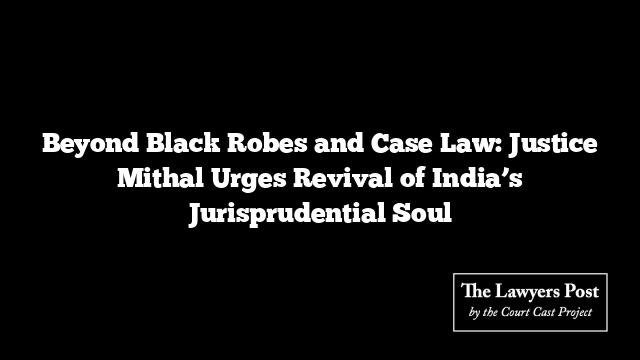Despite years of promises and policies, transparency regarding the personal wealth of India’s top judges remains largely elusive. A recent review has revealed a glaring gap in the judiciary’s efforts to disclose asset details, with only a small fraction of Supreme Court and High Court judges having made their assets public.
In an effort to combat corruption and boost accountability, the Supreme Court recently mandated that all sitting judges, as well as future appointments, publicly disclose their assets on the Court’s official website. This decision follows a scandal involving Justice Yashwant Varma, who was implicated in a cash discovery at his Delhi residence after a fire. Yet, this is not the first time the judiciary has tried to make such disclosures.
Back in 1997, the Supreme Court passed a resolution known as the “Restatement of Values of Judicial Life,” which required judges to declare their assets to the Chief Justice of India. However, those declarations were kept private and updated annually. It wasn’t until 12 years later that the court, in the face of increasing public pressure, opted for a more transparent approach by allowing judges to voluntarily disclose their wealth. But this has yet to significantly increase public access to such information.
As of April 2025, less than 12% of sitting judges across India have disclosed their assets to the public. While 30 out of 33 Supreme Court judges have provided their asset details to the Chief Justice, technical issues have kept the information from being uploaded to the Court’s website. In the High Courts, the picture is even bleaker, with only 95 out of 762 judges making their wealth publicly known. Eighteen High Courts, including those in Allahabad, Bombay, and Calcutta, have no asset information available on their official sites.
The Kerala High Court stands as an exception, with a remarkable 93% of its judges disclosing their assets—largely due to the Supreme Court’s recent directive. Other states, such as Himachal Pradesh and Punjab & Haryana, have also seen higher disclosure rates, but many remain far behind. Delhi, for instance, has seen just seven out of 36 judges make their details public, while states like Madras and Chhattisgarh show minimal progress.
Legal frameworks and past attempts at reform haven’t been enough to force widespread disclosure. Current law does not require judges to declare their assets, and such disclosures remain voluntary. Efforts by the UPA government in 2010 to introduce the Judicial Standards and Accountability Bill, which would have mandated asset declarations, were stalled and eventually lapsed.
The issue has garnered attention from lawmakers. In August 2023, a parliamentary standing committee argued that judges, like other public servants, should be required to disclose their assets. The committee called for legislation to make such disclosures mandatory, stating that if candidates for elected office are required to do so, it stands to reason that judges should be held to the same standard.
In response, the Central Government, in a Rajya Sabha discussion in March 2025, confirmed that the matter had been discussed with the Supreme Court. The Court has since decided to list on its website the names of judges who have voluntarily disclosed their assets. While this move may signal a step toward greater transparency, the broader issue remains unresolved, leaving much of India’s judiciary under a veil of secrecy regarding the wealth of those tasked with upholding the law.





